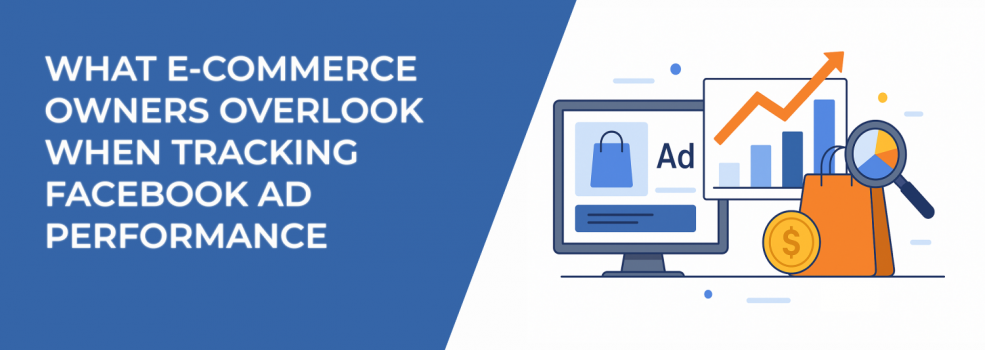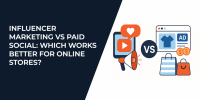Facebook ad dashboards are packed with numbers — CTRs, CPMs, ROAS, reach. But many e-commerce owners stay focused on surface-level metrics and miss the deeper performance story.
If you're only relying on what Facebook shows in Ads Manager, you're likely missing hidden gaps that cost you money. Let’s dig into the most overlooked (yet critical) signals that show how your Facebook ads are really performing — and how to track them properly.
1. Misreading the Relevance of ROAS
Return on Ad Spend (ROAS) sounds like the metric to rule them all. But is it showing you the full picture?
Many marketers celebrate a “good” ROAS without asking why it’s happening — or if it’s even accurate. For example:
-
Are you using the right attribution window for your product cycle?
-
Are retargeting campaigns being over-credited while top-of-funnel ads get ignored?
-
Is your ROAS skewed by one-time high-value customers?
Understanding how Facebook assigns credit is crucial. If you’re not familiar with the differences between view-through vs. click-through conversions or how long your attribution window should be, start here: Meta Ads Attribution: What to Know About Windows, Delays, and Data Accuracy.
2. Ignoring the Drop-Off Between Click and Checkout
Clicks don’t equal conversions. A strong CTR doesn’t mean your product will sell.
E-commerce owners often assume their ads are working because traffic is flowing. But if visitors are dropping off after landing on your site, there’s likely friction in your post-click experience. Are your pages slow? Is the checkout too complicated?
Tools like Hotjar or GA4 can help, but you also need to interpret Facebook data in context. If this sounds familiar, read Facebook Ads Not Converting: How To Fix It for a breakdown of post-click traps and how to resolve them.
3. Overlooking Creative Fatigue
Sometimes, your ads “look fine” in the dashboard — but behind the scenes, they’re slowly dying from overexposure.
Creative fatigue sets in when your audience sees the same visuals and messaging too often. The result? CTR drops, costs rise, and sales stall.
Facebook doesn’t always sound the alarm when this happens. Watch your frequency closely. If it's climbing above 3.5 (especially on cold audiences), you’re probably in trouble.
Learn to recognize the early signs in this must-read: Ad Fatigue on Facebook: How to Spot It Early and Fix It Fast.
4. Default Attribution Settings Are Misleading You
By default, Facebook uses a 7-day click and 1-day view attribution model. For many e-commerce brands, especially those with longer buying cycles, that’s not enough.
Let’s say your customers take 10–14 days to purchase. A 7-day window will undercount your results — or give credit to the wrong campaign.
Want to track longer journeys and understand how attribution settings impact performance? Take a look at Facebook Attribution Window Explained: How It Impacts Your Results.
5. Not Analyzing by Placement
Ads that perform well in Stories may flop in Feeds. A desktop ad might be ignored while a mobile version thrives.
Facebook aggregates data across placements unless you manually break them down. If you're not doing this, you won’t know which placements are silently draining your budget.
If you want a crash course in placement strategy (and why it matters so much), read Why Ad Placement Choices Can Make or Break Your Facebook Campaign.
Final Thoughts: See Beyond the Dashboard
Tracking Facebook ad performance isn’t just about watching numbers go up or down. It’s about asking better questions — and knowing where to look for honest answers.
Ask yourself:
-
Am I truly connecting the dots from click to conversion?
-
Is my creative still relevant, or is it burning out silently?
-
Are my placements, attribution settings, and post-click experiences aligned with how real people buy?
Start thinking beyond the built-in metrics. When you learn to see what others overlook, you stop wasting ad spend — and start building a scalable, profitable strategy.

